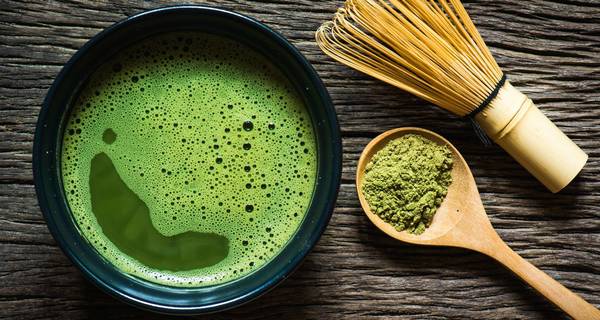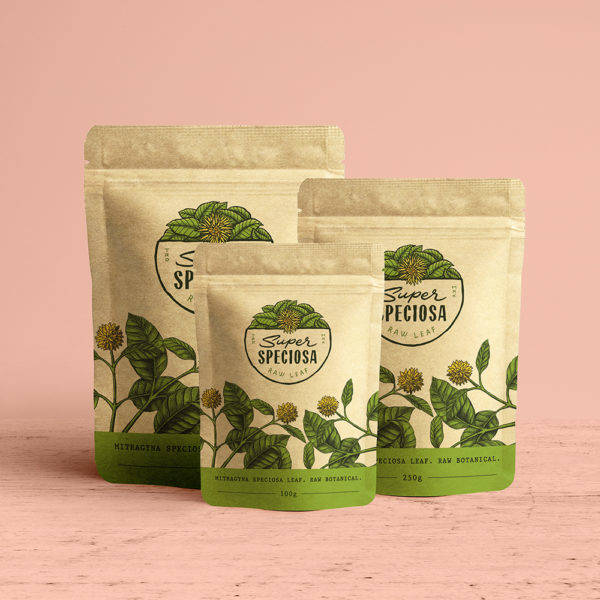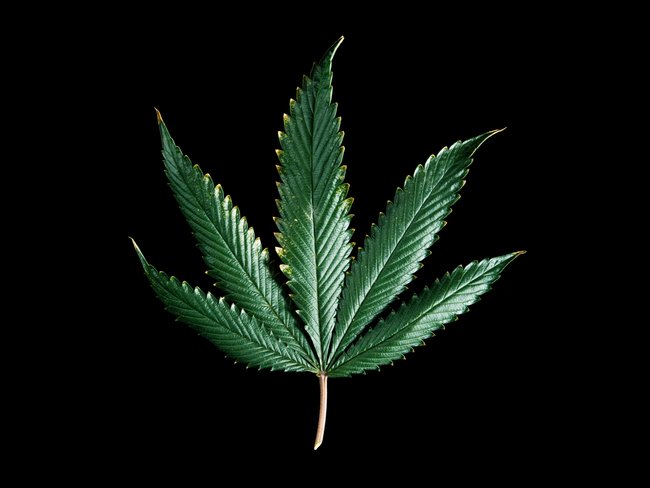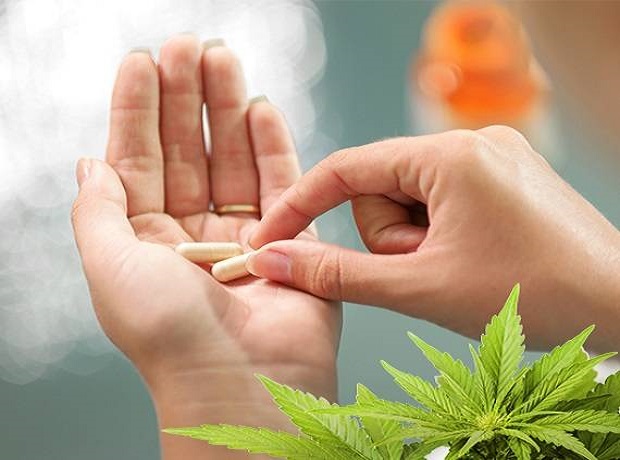Matcha…. Is it green tea or Japanese tea?
Well, it is both: green tea as well as Japanese tea. Its existence, recognition and utilization in Buddhist praxis date back to 12th century. Japanese have been enjoying the matcha flavour since ages.
Matcha tea enjoys being the highlight of ceremonial tea rituals. Matcha has been blessed with a recent surge in its popularity, and the fame of matcha has flown over the borders of Japan and has entered other skies.
The photogenic colour and beauty of matcha along with its health benefits, have made it the talk of the town.
But how is matcha tea different from the standard green tea?
The answer is simple. If you observe, in a cup of green tea we only infuse the tea leaves in hot water, we don’t drink the leaves.
Either the loose tea leaves are strained away or secured inside the tea bag, only the flavour stays behind, whereas, in a cup of matcha tea, powdered tea leaves are dissolved with the liquid; hence the leaves are sipped along.
Matcha leaves are grown under shades then harvested in spring, dried and crushed into powdered form. So are you interested in preparing a delicious cup of matcha tea with this healthy and easy to use matcha tea powder?
To make matcha tea is easy, but to excel the art of combining perfect strength and flavour is no bed of roses. The practice is the key.
First things first; as for any recipe, utensils and ingredients are the pillars!
Things you need:
1. Chasen/ Bamboo Whisk
Bamboo whisk or ‘Chasen’ as its called in Japanese, is an essential tool in this recipe. It is a flexible and durable tool carved out of a single piece of bamboo.
It mixes the matcha powder with the water to form a frothy mixture. The mere purpose is not to just dissolve the powder, but it needs to be airy, bubbly and of uniform consistency, i.e. clump-free. String count of the whisk holds a significance.
The more the count- the finer the whisk, hence more exceptional the matcha mixture. Lesser time has to be invested in mixing if the whisk has a higher number of these delicate strings. 80-tip chasen is the most popular, though up to 120-tip can also be found
How to shop for whisk considering the endless variety?
These bamboo whisks are being manufactured by Chinese, Koreans and Japanese mainly. The former two are cheaper, lesser flexible, hence of lower quality as compared to the Japanese whisks which are very flexible but also more expensive.
For a newbie, a Chinese or Korean would be a better choice, but if you are already a pro and know about the chasen maintenance, invest in the Japanese one.
2. Chashaku/ Bamboo Scoop/ Ladle
Chashaku is traditionally handmade from a single bamboo piece and used to measure a serving of matcha powder. A teaspoon can be its substitute though.
3. Matcha Chawan/Matcha Bowl
Chawan or Matcha bowl is traditionally made from clay, then fired at a lower temperature than porcelain tea utensils. It is flat bottomed with a wider opening to allow generous whisking.
It is noteworthy to mention that it is neither designed to be microwave-safe nor is suitable for hotter beverages like regular black tea. This large bowl is also used to sip the vibrant green matcha tea.
4. Matcha Whisk Stand
Matcha whisk, besides being delicate can also be a harbour for fungus. The best way to store it post-usage it to avoid the plastic container in which it was packed. Instead, this whisk stand should be a better fit, helping to maintain the shape of the whisk, keep it dry and aid against fungal growth.
5. Matcha Strainer
The matcha strainer makes the matcha powder clump-free. It’s an extra tool but can improve the quality and consistency of the prepared matcha mixture.
Here is a Step by step guide to a perfect cup of Matcha tea
1. Gather all the above matcha accessories before you gear up
2. Place Matcha strainer over the Chawan or Matcha bowl. Using Chashaku (Bamboo scoop) sift one to two scoops of matcha powder.
A Matcho tip: Matcha bowl should be thoroughly dried before adding tea powder to it.
3. Boil water, then let it cool down in another container for a couple of minutes. The recommended water temperature for matcha tea is between 175-190°F.
When the desired temperature has reached, pour two to three tablespoons of water into the matcha bowl. Make sure to stir it until it dissolves the tea powder and is clump-free. It should now look like a thick paste.
4. Its time to whisk. Generous whisking is the door to reach delicious matcha. Whisk vigorously in ‘M’ or ‘W’ motion until the mixture is frothy and well aerated. This step may take around 15 to 20 seconds. Now the mixture should attain a foamy and bright green appearance.
A Matcho tip: Undue pressure on the whisk can damage the whisk and the chasen. A gentle but rapid motion helps build the perfect taste and colour.
5. If required, add more water but not beyond one-third of the chasen.
6. This step is optional. The mixture can be poured into teacups for serving. Otherwise drinking directly from chasen in three sips is the traditional style.
7. This prepared tea, unlike regular tea, is not brewed; therefore, drink instantly before the powder sets down to the bed of the bowl.
A Matcho tip: Before starting the process, take hot water in the matcha bowl and dip the tips of the whisk in it while gently swirling. This warms the bowl and softens the tips of the whisk.
A warm bowl and a soft whisk helps in more delicious matcha, let alone making the mixing step smoother. Empty the container and dry it thoroughly with a paper towel before adding matcha powder to it.
Variations in the preparation of Matcha Tea
Strengths
Undeniably, there is more to matcha tea than just powder and water. The consistency and strength can be adjusted according to taste. A matcha aficionado may be well aware of the viscosities of matcha.
Thick, or koicha, matcha, as the name suggests has a viscous consistency. The tea leaves used for koicha are of higher ceremonial grade and from plants that are over 30 years old, hence a richer taste.
Thin, or usucha matcha cup has more water and lesser powder, therefore a milder flavour, suitable for taste buds that crave for a latte-like flavour. Koicha is different from Usucha in lacking the froth.
Liquid
The medium to mix matcha powder has to be liquid for obvious reasons, but that fluid to be water is not so obvious. Although traditionally water is the base, warm or cold milk can be used to prepare a hot matcha latte or iced matcha respectively.
To prepare a latte, follow the recipe till the fourth step, in the fifth, add milk instead of water. For hot matcha, make sure the milk is frothy. Add honey or sugar to satisfy a sweet tooth, if desired.
- Almond milk, Ice cube and sprinkled matcha powder garnishing over a prepared cup of the divine, vibrant green cup of matcha tea are some additives.
Gulp it before the powder settles down!
Beyond Tea
The traditional Japanese use of matcha powder is to make tea, but after the western part of the world has adopted matcha, the uses are no more limited to tea.
Matcha powder is incorporated into al purpose flour to bake matcha muffins, pancakes, waffles, etc. Healthy breakfast can be prepared by adding matcha to oatmeal or by making a delicious green matcha smoothie.
Following are some of the possible recipes and variations with matcha powder.
Now, you are steps away from entering the matcha world. You can be traditional and try the pure matcha green tea, or you can be experimental enough to add matcha powder to a variety of food recipes.
Don’t restrict yourself to the given recipes, play with the ingredients and add one more matcha dish to this list because the sky is the limit!
















